Very often, players refer to ¼ ball, ½ ball, ¾ ball and full ball shots. By using this language, they are already showing how important the overlap way of aiming is. This simple and clear way of describing shots from thin to thick would be impossible using the ghost ball technique. These shots are described here by Ray Reardon, the six times World Snooker Champion and former coach of Ronnie O'Sullivan. However, are we limited to only four different types of shot by using the overlap method?
No, because as we have discovered, we can imagine any amount of overlap for any contact point on the object ball. Also, unlike the ghost ball technique, we only have to imagine two dimensions and not three.
The precision of our aim is only limited by how accurately we determine the contact point on the object ball. That contact point is on the equator of the ball and on the opposite side of the direction in which we want that ball to move.
Important point! Notice in Diagram 1, that to see the contact point accurately, you must look between the lines and not over the center of the cue ball. This may not make much difference on long shots, but will affect the accuracy of shorter shots.
Try to look behind the part of the cue ball that will hit the object ball. Once you have estimated the contact point from this off-center view, you can use the Fractional Overlap Method to determine where to aim the center of the cue ball.
That is great if we have found the right contact point, but what do we do next? Where do we aim the center of the cue ball to hit that contact point? Well, get ready to be pleasantly surprised. We can combine the overlap method with ball fractions to arrive at a precise method for aiming the center of the cue ball.


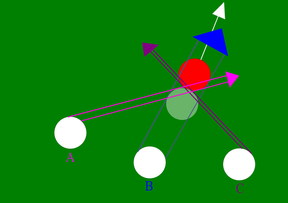
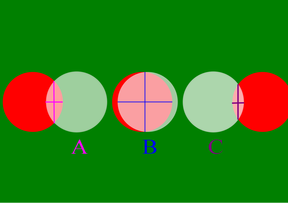
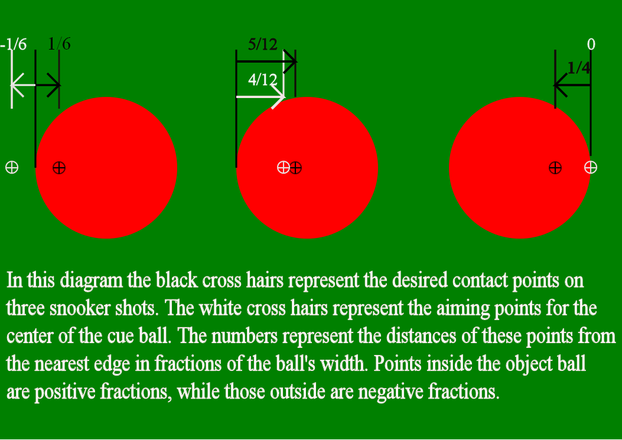


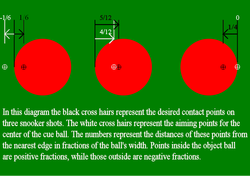

 Enjoy Free Flying Lessonson 05/25/2014
Enjoy Free Flying Lessonson 05/25/2014
 The Sherlock Phenomenonon 04/27/2014
The Sherlock Phenomenonon 04/27/2014
 Create Cartoon Animation for Freeon 05/23/2013
Create Cartoon Animation for Freeon 05/23/2013
 Buying a Snooker Tableon 03/18/2013
Buying a Snooker Tableon 03/18/2013

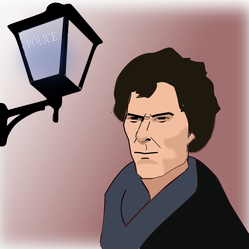
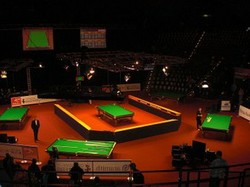
Comments
Thanks so much, Bruce! Now I understand and have a consistent way of aiming. No more ghost ball for me.
It doesn't have to be Rose, but if you can add up the total for your friends' drinks in your head, this shouldn't be a problem. Thanks.
For a sport, snooker is surprisingly mathematical!